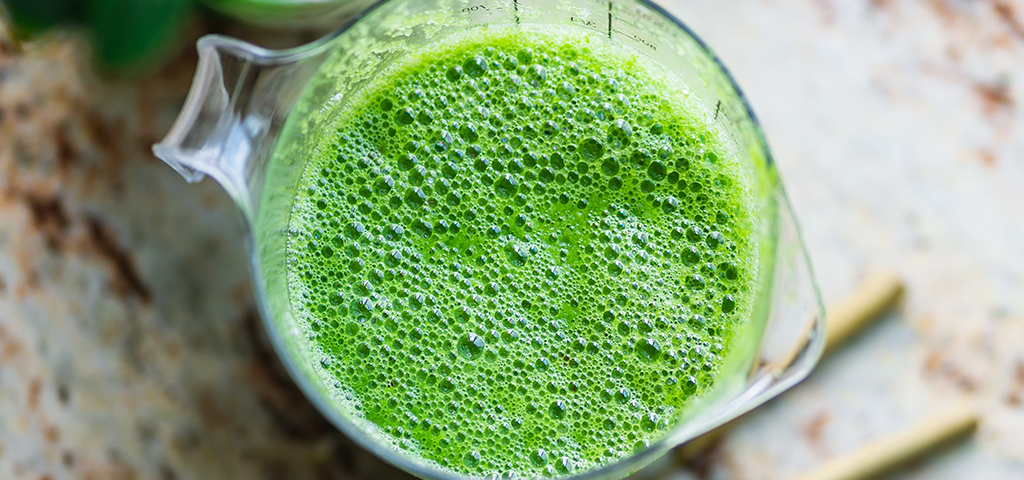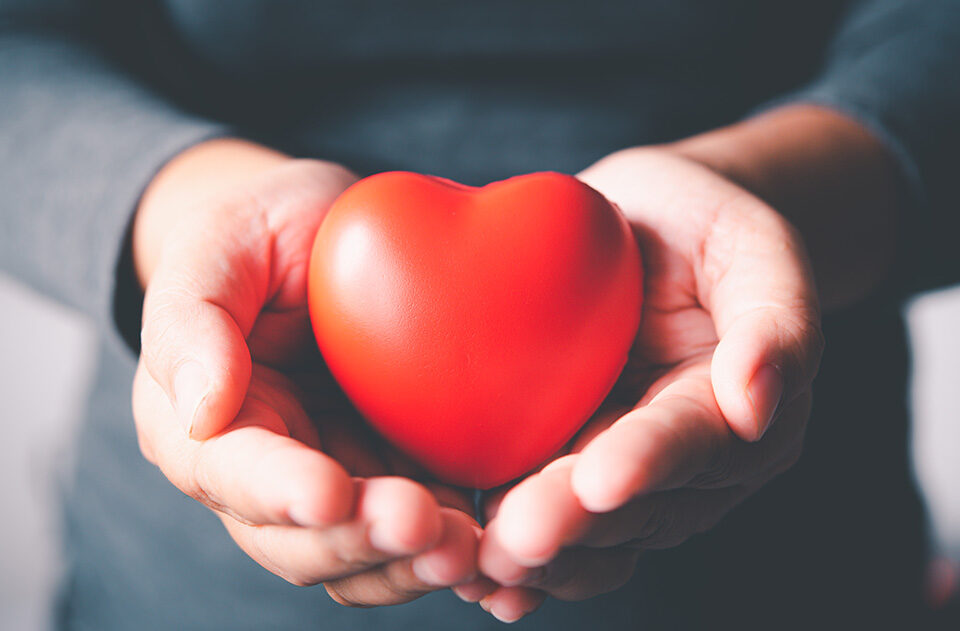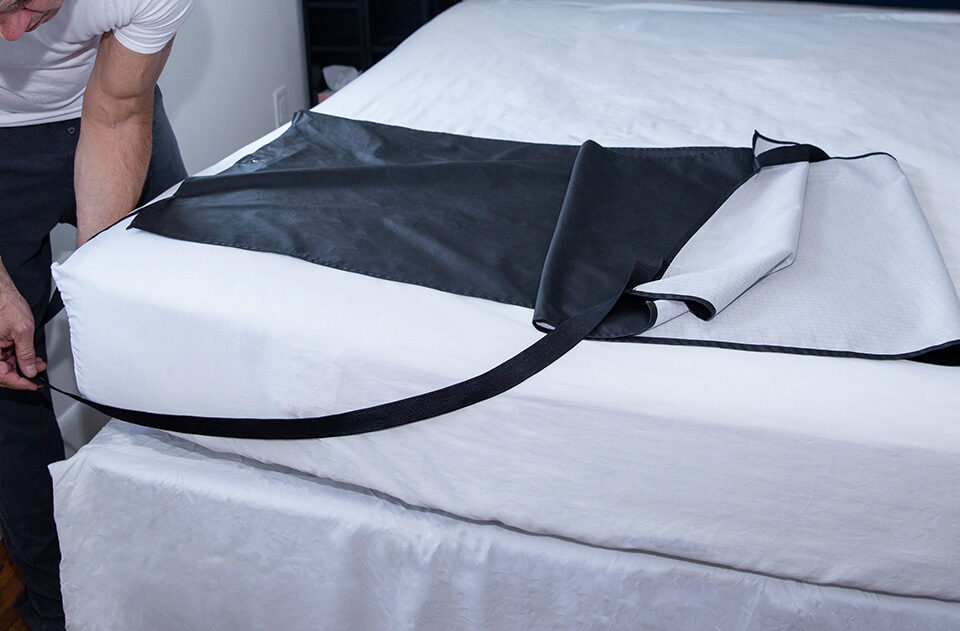The Truth About Detoxification

Many of us have not been eating optimally, as life has been very different these last few months of 2020. Not only are we constantly exposed to contaminants, but we’ve all spent a lot of time at home- indulging on extra treats and bad habits. It’s a good time to consider doing a detox. Unfortunately, there is a lot of conflicting information out there. You may have tried a detox program before and wondered, “Does detoxing your body really work?” Let’s discuss detoxification step by step.

What are toxins?
A toxin is a poisonous substance made by living cells or organisms. They aren’t just found in outside pollution and cigarette smoke. They come in many forms- from the foods that you eat, to the cleaning agents or hygienic products you use daily.
- Toxins can be absorbed through the skin, ingested or inhaled. Here are some examples:
- Polluted water (including fluoride, lead and arsenic)
- Bisphenol A, or BPA. Commonly found in plastics, food and drink containers, and the coating of cash register receipts.
- Heavy metals, such as:
- Mercury: found in “silver” dental fillings and contaminated fish.
- Lead: found in contaminated drinking water, soils which have been exposed to environmental contaminants, old and peeling paint, most fresh paint, and in lead pipes.
- Cadmium: found in soils treated with synthetic fertilizers and industrial waste sites.
- Excessive alcohol consumption.
- Artificial food dyes and preservatives, such as nitrates in processed meats, MSG, red dye #40 and other “#” dyes.
- Artificial sweeteners, such as aspartame (blue packets) and saccharin (pink), Splenda (yellow)
- Pesticides. For example, most grocery store Apples are sprayed with diphenylamine, which is used to prevent the browning of fruit skin. Most fruit and vegetable crops are sprayed. Wheat is dried with a pesticide.
- Smoke from tobacco, pot or vaping. This includes secondhand smoke from being around smokers.
- Automobile exhaust—carbon dioxide and monoxide come out the tailpipe.
- Cleaning chemicals.
- Fireplace/campfire smoke.
- Paint and solvent fumes.
- Some vegetables produce toxins that humans can accumulate and create immune reactions.
How are toxins damaging to your body?
Exposure to toxins affect our body’s ability to create cells and produce energy. Toxins damage enzymes and destabilize numerous bodily functions. An example, they inhibit hemoglobin production in the blood, and lower your body’s ability to prevent free-radical damage, which accelerates aging.
Toxins also interfere with your mineral structure, meaning weaker bones. You need a healthy bone mass for lifelong mobility. When toxins displace the calcium in your bones, the result is weaker skeletal structures, which then lead to more toxicity, released by bone loss. It’s a double whammy.
Toxins damage nearly all your organs and systems, including your DNA. This can lead to cancer and birth defects. They can also alter your gene expression by activating or suppressing our genes in unwanted ways. Gene expression is the basis of cell development. They allow your cells to adapt to different conditions.
Toxins damage cell membranes, which is where the “signaling” in your body happens. Damage to these membranes prevents them from getting important messages, which can lead to diseases such as insulin resistance.
Toxins also hinder, prevent, imitate, and block hormones. For example- Arsenic disrupts thyroid hormone receptors on the cells. When this happens, the cells don’t get the message to produce thyroid hormones that cause a speed up of metabolism. This results in inexplicable exhaustion.
Can you really flush toxins out of your body?
In short, yes, you can. There are so many “quick fix” detox programs out there- juice fasts, colon cleanses, feet soaks, detoxifying face masks, etc. Countless stores, websites and infomercials advertise these and other products that claim to rid your body of toxins. But in order to truly detox, you must understand how the body detoxifies itself.
There are 3 stages of detoxification.
Phase 1
Phase 1 involves the oxidation of harmful toxins in order to break toxins down into less harmful metabolites. It is done by a group of enzymes known as cytochrome P450. They help neutralize these harmful toxins and begin the detoxification process. This phase results in free radicals that can be harmful if you don’t keep them moving through your detox pathways and out of your body. Luckily, antioxidant nutrients transform them into harmless molecules and help prevent toxins from building up in your liver.
Phase 2
During the second phase of detox, the toxins that have been treated in phase 1 become further neutralized by becoming water-soluble. It involves the conjugation, or attachment, of the toxin to a water-soluble substance in order to be excreted from the body through your bile, urine or stool. There are six methods of conjugation – glucuronidation, acetylation, esterification, amino acid conjugation, sulfation, and glutathione conjugation.
Phase 3
The final phase of detoxification is all about transportation. During this phase, your body will either transport your phase 2 conjugates to your kidneys or small intestine. Your kidneys will further filtrate the toxins and then excrete them through your bladder and urine. If taken to the small intestine, the treated toxins will be mixed into your bile, down through your GI tract and eliminated via stool.
For those who are more visual learners, you can view a chart on the phases here.
How to activate detoxification with food and supplements
Phase 1 is surprisingly activated by many external toxins. Examples include: caffeine, alcohol, steroids, pesticides, sleeping pills, contraceptive pills, and cortisone. Luckily, it’s also activated in a more favorable way with herbs, such as, milk thistle, sassafras, caraway, and dill. Because free radicals result from initiating this phase, it is also recommended to increase your antioxidants for extra protection.
Some phase 1 activators are already antioxidants – like vitamin C and silymarin in milk thistle. However, it’s good to add more, especially in the form of polyphenols and flavonoids. If you eat 5-7 servings of a wide variety of fruits and vegetables per day, you are probably covered.
Supplemental additions include resveratrol, coQ10, vitamins A, C, and E, minerals selenium, copper, zinc, and manganese.
To progress to phase 2, you will need to following:
- Sulfur- found in cruciferious veggies such as brussels sprouts, broccoli and cauliflower, garlic, onions, meat and egg yolks.
- Amino acids- glycine, cysteine (or n-acetyl cysteine), taurine, and methionine (from meat proteins.)
- Molybdenum, a trace mineral from leafy vegetables and liver.
- Vitamin B12
- Glutathione, which is made from the above amino acids. This is very important for humans, and known as the “master antioxidant.” It is the most abundant antioxidant in the body and it can regenerate itself in the liver. Glutathione is found in asparagus, avocado, spinach, broccoli, and some supplements.
Other nutrients and foods that help Phase 2 are flavonoids. You can find flavonoids in fruits, vegetables, and many herbs, ellagic acid in red grape skin, garlic, rosemary, soy, and cabbage.
The final phase 3 is where you actually get rid of the toxins- via bile, urine or stool. In order to promote this flush, you will need to use binders, in the form of zeolites, clays or charcoal to name a few included in GI Detox .You’ll need to drink lots of water, have extra fiber intake from foods such as broccoli, avocados, berries, dark colored veggies and nuts. Keeping a healthy gut will facilitate a better ability to detox, this can include probiotics.
What are the signs of body detoxing?
Once you decide to start a detox regimen, you might wonder how you’ll know when the detox is working. Depending on how toxic your body is, experiencing some side-effects is normal. Usually, the more toxins you have in your body to expel, the more side-effects you can expect. When you offer your body nutritious foods and supplements to help push out waste, your body goes into minor shock. The toxins it has gotten used to is now being disrupted. Your body naturally wants to resist.
Know that experiencing symptoms is actually a good sign. This means that your detoxification plan is working. Your body is working hard to cleanse itself of impurities and toxins in order to heal itself from the inside out. Similar to how a smoker trying to quit has physical withdrawals before becoming clean, you may experience some discomfort as your body works to establish a new level of health.
The most common side-effects from a successful detox includes:
- Bowel Disruption: Detoxing directly affects our digestive system and organs that aid in the elimination of toxins. During the first couple days, its normal to experience frequent bowel movements as waste is moved from your intestine and colon. Diarrhea and constipation can also occur.
- Headaches: this usually happens when you’re detoxing from coffee or sugar.
- Gas and Bloating: As your body expels toxins, it can create gases that can cause bloating and potential flatulence.
- Skin Irritation: You may experience skin breakouts as dirt and toxins are attempting to exit your body through your pores.
- Fatigue: Considering your body is working hard during a cleanse, everything taking place in your gut and organs are is more than what your body is used to. Feeling tired is normal.
- Cravings: As your body eliminates foods you have grown to depend on (such as sugar, caffeine and processed foods,) it will want them. But remember- you are in control, don’t give in. This too shall pass.
Pushing through somewhat uncomfortable situations during your detoxification means a healthier you in the end. Fortunately, most side-effects are gone within a few days.
How long does it take for your body to detox?
Unfortunately, there isn’t a set answer for this question. Just like some people lose weight easily, while others do not, the same applies here. If you can, consult with your healthcare professional. Depending on your needs, a detoxifying cleanse can last anywhere from 7 days to 12 weeks.
Final Word
A lot of detox programs and products that claim to have detoxification benefits, do not. Unless all phases are addressed, the toxins will not be fully eliminated and can even make matters worse. If phase 1 and 2 are not executed properly, you can end up feeling worse.
Remember, during phase 1, toxins are made more water soluble to prepare them for processing in phase 2. The result turns them into free radicals. If you start phase 1, but do not progress to phase 2, those free radicals are “free” to wreak havoc on your body.
Furthermore, you need to dispose of the neutral toxins after phase 2. Addressing all 3 phases of physiological detoxification will get you optimal results.
Keep in mind that almost everyone is exposed to toxic substances every day. While you cannot manually go inside your body and remove toxins, you can enhance the detoxification process by doing specific things:
- Drink a minimum of 8 glasses of water every day to aid in removing waste products from your body.
- Thoroughly wash your fruits and vegetables with an antioxidant wash, and buy organic. Opt for grass-fed and free range meat.
- Get sufficient sleep to give your brain enough time to recharge and rejuvenate.
- Stay away from alcohol, processed food, and sugar.
- Consume foods abundant in antioxidants, fiber and prebiotics.
- Exercise. Even if you’re not on a detox program, regular exercise has plenty of benefits for the body. It stimulates your detox pathways, and lymphatic system. It reduces your risk of diseases such as heart disease, type 2 diabetes, certain cancers, and hypertension. Just move! You’ll feel and look better with consistency.
As always, check with your medical provider before starting a detox program. I’m here for you if you ever have any questions, want to schedule a visit. There are Toxic Chemical and heavy metal testing that can assist in generating a personal detox program.
If you are not feeling well, I recommend an appointment to see if you are ready to handle a detox program right now. Reach out to me by clicking here.





